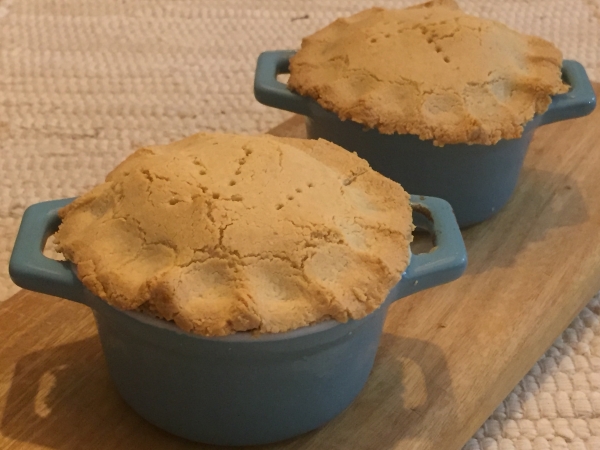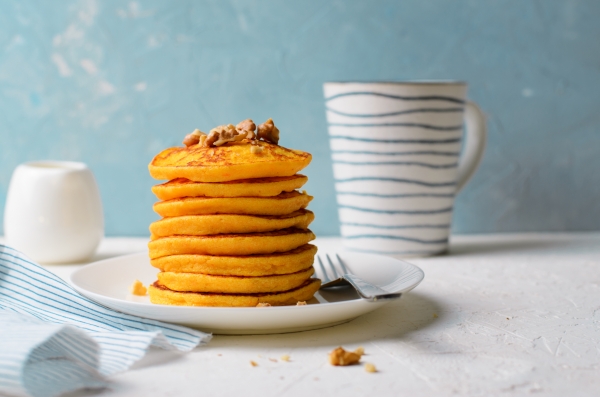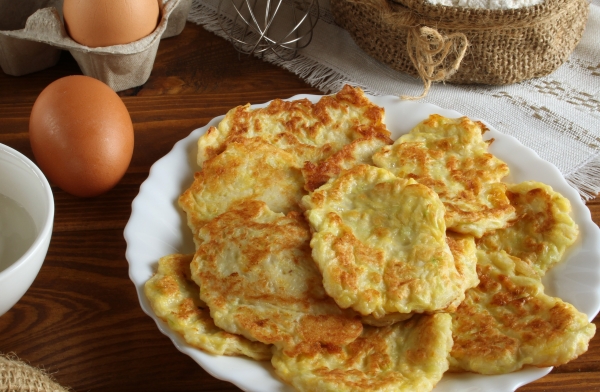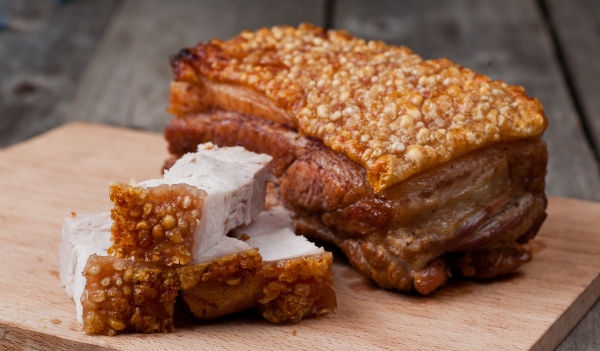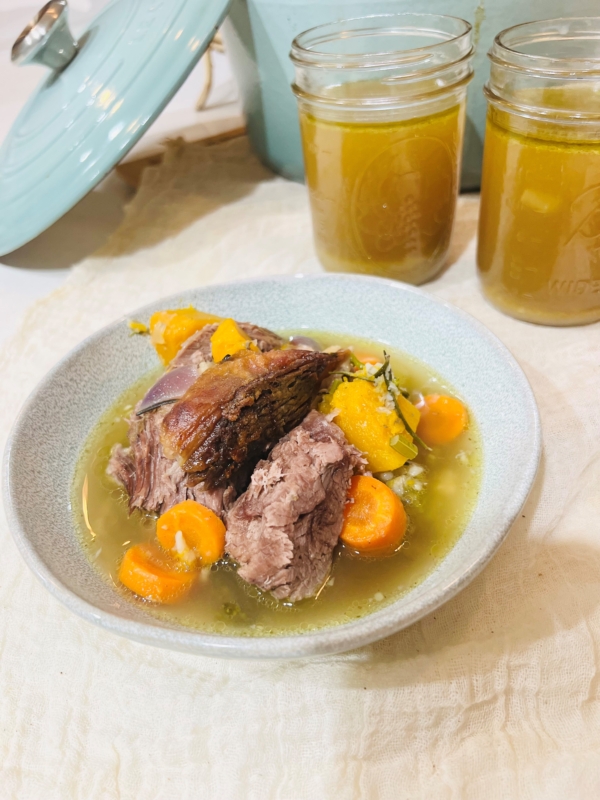GAPS Basic Healing Soup
*Please refer to our meat stock recipes to create the base for this soup. This soup recipe can be adapted to make any meat, poultry or fish and vegetable combination soup made from previously prepared meat stocks. For the purpose of this recipe, we will be cooking the chicken and vegetable soup but you may […]
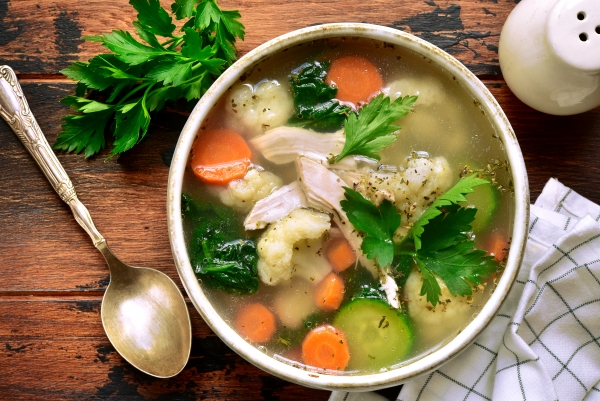
| Prep Time | 50 Minutes |
| Cook Time | 3 Hours |
| Servings |
Litre batch
|
- 3 Whole Onions
- 8 Cloves garlic Crushed. This should be added towards the end of cooking
- 1 Whole Cauliflower Cut into parts - do not include stems
- 1 Whole Broccoli Cut into parts - do not include stems
- 6 Whole Squash Cut into cubes or sliced
- 2 Whole Zucchini Cut into cubes or sliced
- 1 Whole Pumpkin Cut into cubes
- 1 Tsp Fresh tumeric Grated
- 4 Carrots Diced or sliced
- 2 Stalks Spinach Roughly chopped
- 1 Litre Chicken Meat Stock Refer to our meat stock recipes: or locate the link to our Chicken Meat Stock Recipe below in the notes
- 1 Whole Chicken This was used to make the meat stock recipe and put aside to make this recipe. Alternatively just add a new chicken.
Ingredients
Vegetables
Meat & Stock
|

|
- Bring some of the meat stock to boil, add chopped or sliced vegetables: onions, carrots, broccoli, cauliflower, courgettes, marrow, squash, pumpkin, spinach etc. and simmer for 25-35 minutes. When on the introduction diet, you can choose any combination of available vegetables avoiding very fibrous ones, such as all varieties of cabbage and celery. All particularly fibrous parts of vegetables need to be removed, such as skin and seeds on pumpkins, zucchini and squash, remove stalk from broccoli and cauliflower and any other parts that look too fibrous.
- If you made your own chicken stock and saved the chicken meat for other recipes, dice the meat that you set aside and place them in the pot with the vegetables. (if you did not save the meat from your stock recipe - cook a new fresh chicken according to the recommendations shown in the stock recipe first and then pull all the meat and skin from the chicken and dice it into small pieces and add to the vegetables). Otherwise continue to cook the vegetables and meats until the vegetables are soft. Approximately 1 hour on simmer.
- When vegetables are well cooked, add the crushed garlic, bring to boil and turn the heat off. We want the garlic to be added at the end to be only slightly cooked to receive maximum immune benefits from it.
- If you are cooking for children who are fussy eaters or for babies starting out on solids, you can blend the soup which will make it easier. This recipe will generally keep in the fridge for 5 days but can also be frozen.
Click Here for the Chicken Meat Stock Recipe Link
Serving for GAPS
Serve the soup with a drizzle of cold pressed extra virgin olive oil on top (1-2 tbl sp). Add sauerkraut or juice to the soup when ready to eat or eat 1 – 2 table spoons sauerkraut at the beginning of the meal.
Never add sauerkraut, its juice or olive oil directly to any hot food as this will kill the probiotic bacteria, enzymes and minor component nutrients. Always wait for the food to cool at a temperature you can eat it before adding them. The general rule is: if you can put your finger in it, then it’s ready. Refer to the introduction diet for the progressive introduction of sauerkraut and olive oil.
The ratio of stock, meat and vegetables is individual and dependent upon the size of the batch you wish to make.
Clinical Notes:
The introduction diet is primarily designed for people suffering with diarrhoea and that is why the chosen vegetables are low in fibre. If you have chosen to follow the introduction diet because of leaky gut and food allergies but are more susceptible to constipation, it is important to add more fibrous vegetables like cabbage and celery. Don’t avoid cutting off stems from broccoli etc and leave the skins and seeds on vegetables like zucchini. You may even decide to serve up some well cooked beetroot with your soup.
Hints
- Cut vegetables and meat into small neat sized pieces unless you plan to blend or puree it for smaller children.
Other suggested and allowable ingredients
- Fresh or dried Italian or French mushrooms can be added to pork, lamb or beef soup to enhance the flavour. Dried mushrooms can be crushed by hand before adding to the soup
- Chopped parsley, coriander, oregano or dill
- A spoonful of yoghurt or sour cream (creme fraiche)
- Red onion
- Spring onion
- Cooked ground liver
- Boiled eggs (yolk still runny)
- Raw or cooked beetroots
- Other herbs and spices (only when digestion has started to show improvements)

